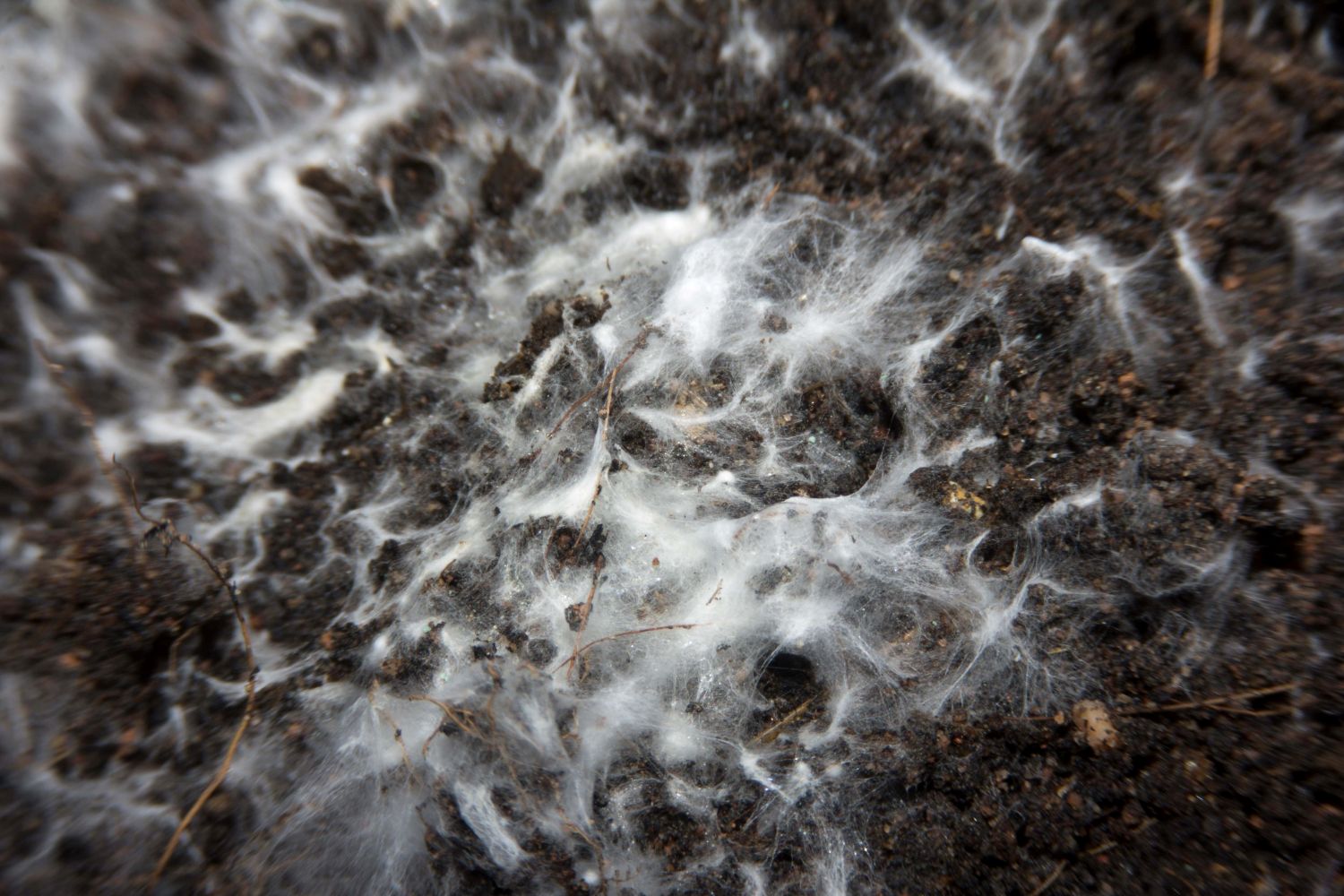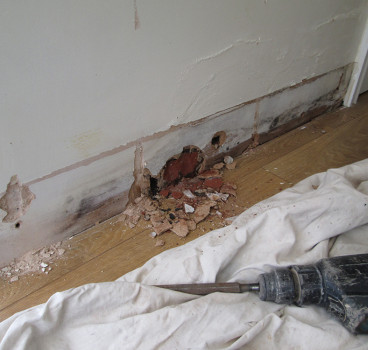Will mycelium prove to be a wonder material for the construction industry?
In the search for more sustainable and innovative building materials, scientists are increasingly turning to nature for inspiration. One such promising avenue is the use of mycelium - the root-like structure of fungi - as a foundational element in construction. A groundbreaking project titled "m{AI}celium - A Data-Driven Approach to Designing 3D-Printed Mycelium-Based Composites" by a team from the University of Stuttgart, is now looking into its potential. This research explores the viability of mycelium in construction and also integrates it with advanced technologies to optimise its application – and the results look very promising writes John Ridgeway.
Mycelium, the vegetative part of fungi, consists of a network of fine filaments called hyphae. These hyphae intertwine to form a dense, fibrous web that can infiltrate and bind together various substrates. When cultivated under controlled conditions, mycelium can transform organic waste materials into strong, lightweight and biodegradable composites. These properties make it an attractive alternative to traditional, resource-intensive building materials.
The University of Stuttgart's research focuses on using the unique characteristics of mycelium through 3D printing technologies. By employing a data-driven approach, the team aims to understand the intricate relationships between design geometries, mycelium growth patterns and the resulting material properties of mycelium-based composites (MBCs). This methodology seeks to bridge the gap between digital design practices and the organic growth behaviours of mycelium, leading to optimised, high-performance building components.
A significant challenge in utilising mycelium for construction lies in predicting how it will grow within various geometries and how these growth patterns influence the mechanical properties of the final composite. The Stuttgart team addresses this by developing computational models that simulate mycelium growth within predefined structures. These models analyse factors such as nutrient distribution, environmental conditions and spatial constraints to forecast growth trajectories and densities.
By correlating these simulations with empirical data from physical experiments, the researchers can refine their models to accurately predict the performance of 3D-printed MBCs. This iterative process enables the design of structures that are not only architecturally innovative, but also structurally sound and tailored perfectly to the inherent properties of mycelium.
Potential applications and benefits
The implications of successfully integrating 3D-printed mycelium composites into construction are vast. Mycelium-based materials are biodegradable and can be produced using agricultural or industrial waste, reducing the environmental footprint of construction projects. When linked to the adaptability of 3D printing, it allows for the creation of complex, bespoke designs that can be tailored to specific architectural requirements.
Properly engineered MBCs can offer favourable strength-to-weight ratios, thermal insulation properties and fire resistance, making them suitable for a variety of building applications. At the end of their lifecycle, mycelium-based components can then decompose naturally, contributing to a closed-loop system in building materials.

However, while the prospects are promising, several challenges must first be addressed before the use of mycelium in construction becomes more widespread. Developing standardised protocols for cultivating and processing mycelium to ensure consistent material properties will be crucial. Scaling up production to meet the demands of large construction projects will also require advancements in cultivation techniques and infrastructure. Furthermore, gaining acceptance from building codes and regulatory bodies will necessitate rigorous testing and validation of mycelium-based materials.
The University of Stuttgart's research represents a significant step forward in addressing these challenges by providing a comprehensive framework that combines biological growth with computational design. As this field progresses, collaborations between biologists, material scientists, architects and engineers will be essential to fully realise the potential of mycelium in sustainable construction.
Global research
This research, however, is not takin g place in isolation. Researchers at Pennsylvania State University have also been investigating sustainable methods to fabricate mycelium-based composite building components. Their work focuses on developing biodegradable materials by cultivating mycelium on organic substrates, such as agricultural waste. This approach aims to create environmentally friendly building parts that can reduce the carbon footprint of construction projects.
At the Institute of Architecture and Media at Graz University of Technology in Austria, the Shape Lab research group has developed a composite material named MyCera. This material consists of clay, wood sawdust and mycelium. The research focuses on using mycelium as an intelligently oriented fibre reinforcement to enhance the structural performance of 3D-printed unfired clay elements. This innovative approach aims to create sustainable building materials with improved mechanical properties.
The Danish architecture firm Bjarke Ingels Group (BIG) has already unveiled an innovative 3D-printed mycelium structure at a Scandinavian manufacturing summit. The project, named "I AM MSHRM," was a collaborative effort aimed at minimising spatial and material waste in construction. This initiative highlights the potential of mycelium-based materials in creating sustainable and efficient building practices.
In Australia, research into mycelium-based building materials has led to the development of mycelium bricks. These organic bricks are formed from organic waste and the mycelium of fungi. Mycelium bricks are lightweight, biodegradable and possess good fire, thermal and acoustic insulation properties. This research indicates the potential for mycelium-based materials to serve as sustainable alternatives in the construction industry.
All of these global research efforts underscore a growing interest in mycelium-based composites as sustainable building materials. By leveraging the natural properties of mycelium and integrating advanced technologies like 3D printing, these studies aim to develop environmentally friendly alternatives to traditional construction materials.
Without doubt, the fusion of nature-inspired materials like mycelium with cutting-edge technologies such as 3D printing and data-driven design holds immense promise for the future of construction. By embracing these innovations, the building industry can move towards more sustainable, efficient and resilient practices, paving the way for structures that are both ecologically harmonious and architecturally inspi
Additional Blogs

How construction can cut Its carbon footprint by caring for soil
Soil is often dismissed as mere dirt, but it is one of the planet’s most powerful carbon stores, holding more than all of the world’s forests combined. Yet in our rush to build, pave and develop, we...
Read moreWhat is bridging damp? How it happens and how to fix it
Bridging damp happens when moisture finds a path around the building’s damp-proof course (DPC) so it reaches your internal walls and skirting. If you see damp patches rising above the skirting or...
Read more

The silent death of the fixed-price contract
For decades, the fixed-price contract has been the backbone of construction procurement. It promised certainty with a defined scope, an agreed sum and a clear transfer of risk from client to...
Read more